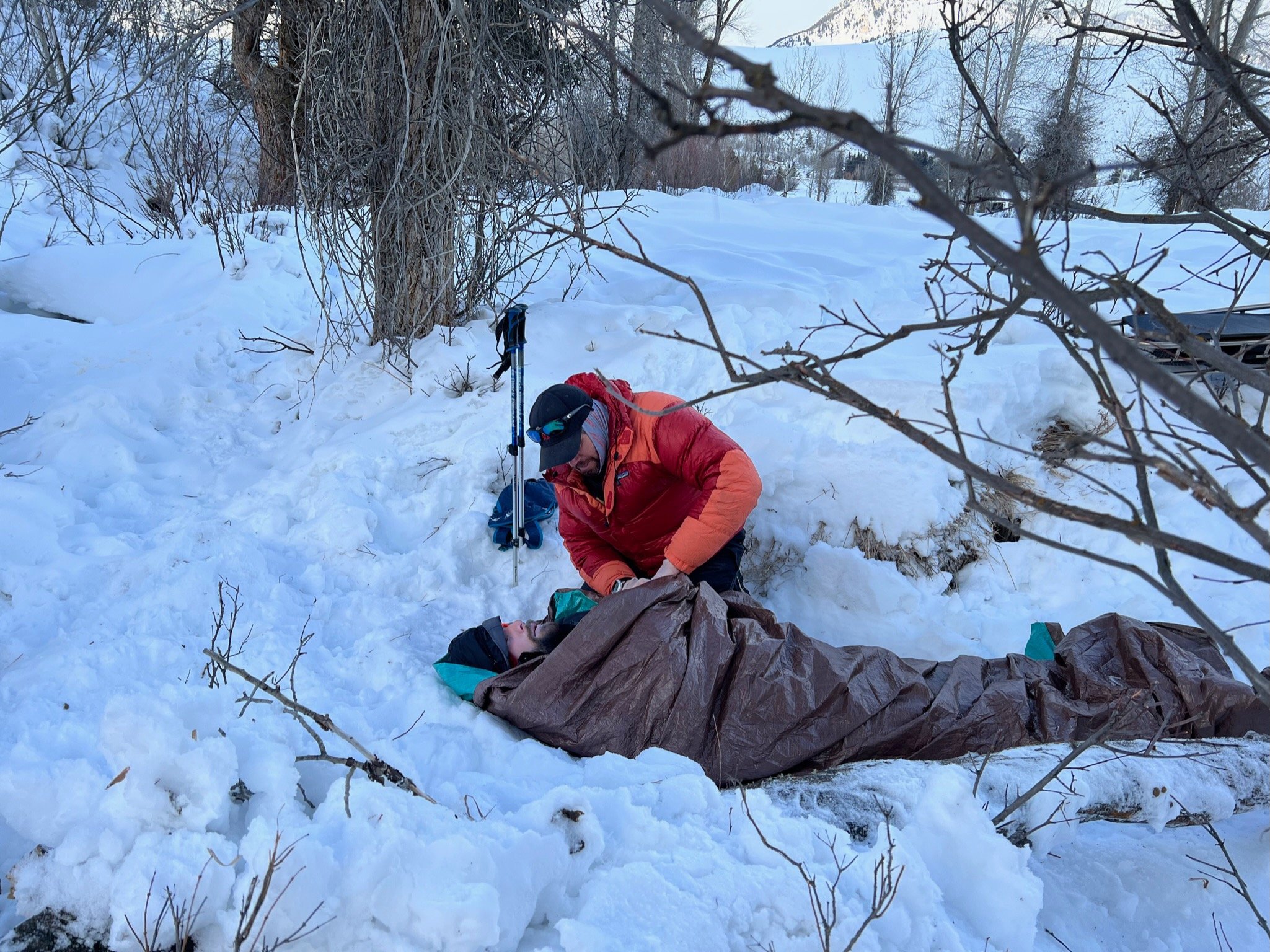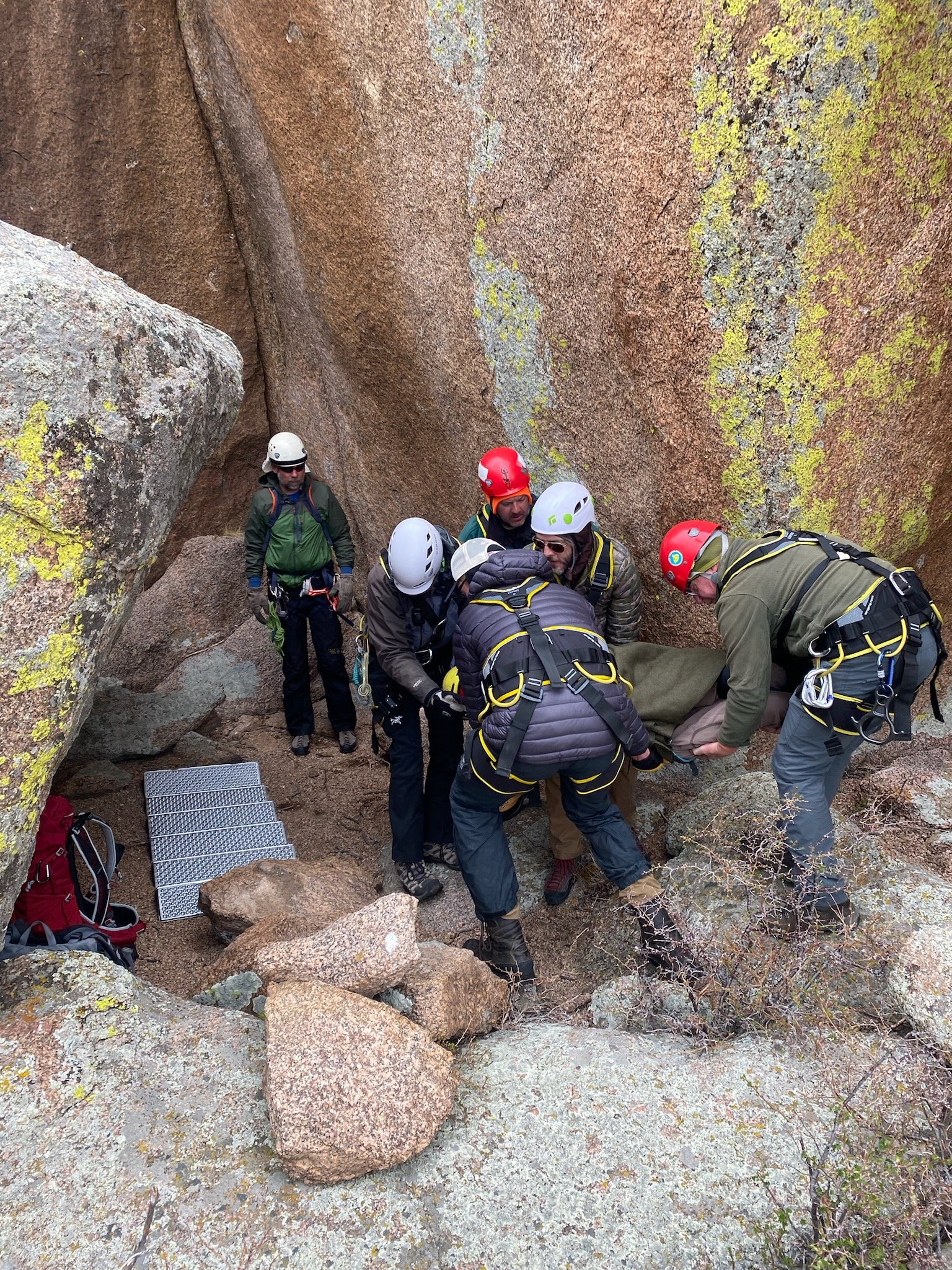What’s the difference between Wilderness First Aid and Wilderness First Responder
WFA vs. WFR
One question we often get asked about is the difference between a wilderness first aid (WFA) and wilderness first responder (WFR). In short it comes down to the amount of information, depth of information and amount of scenario practice time.
WFA
Wilderness first aid is a 16 hour certification. WFA covers major life threats, assessing for additional injuries, gathering a patients medical history, improvised techniques for splinting and wound care and introduction to environmental and medical injuries and illness. There are some brief scenarios and skills labs to put the information into use. This is a great place to start outdoor medical care training. WFA is hands down a better overall skill set to have than a basic first aid course. Everyone who loves to spend time outdoors on day trips would be served having this as their intro to emergency care.
WFR
WFR is an 80 hour course and goes in to greater detail and depth on the skills taught in the WFA. While the wilderness first responder doesn’t require that you have the WFA it does build on those skills. The additional time in the WFR allows for more information and understanding on the environmental and medical components. This added depth in these subjects helps you to understand what could be going on with your patient when the emergency or illness is not straight forward. Having more days to cover tue information allows for more practice and skills acquisition through repetition of your patient assessment. The depth and practice you get gives you more competence and capability. Over all you come out of the course with added confidence to deal with emergencies in delayed care situations. WFR is especially recommended for people doing overnight and multi day activities in remote or backcountry settings.
Customizable
Each course can be tailored to the students and before you attend it is helpful to have specific scenarios in mind that may arise in your given sport. This gives the instructor the ability to adjust and focus on the issues you are likely to encounter. These could be:
Falls from rock climbing
Snake bites while hiking
Heat related illnesses while working remotely
Cold injuries from snowmobiling
Care for a person who has fallen through the ice
Broken bones from a mountain bike accident
Rope burns from rope access work
Broken thumb from overlanding
Fishhook in eye of fly fishing clients
Drowning pt care on rafting trip
Laceration of a students knee on a kayaking trip
Rope Rescue team moves a mock patient during the first aid portion of a scenario.
First aid kits
Courses include a respective amount of time on first aid kits and considerations for evacuation planning. The best kit in the world is limited by your knowledge to use its components. We recommend taking a course and then purchasing or building out your first aid kit to match your skill level. We also strongly feel that the lightest most compact equipment you can carry is your knowledge.
Be ready
Both the WFA and WFR are worthwhile training opportunities and will serve students in backcountry and front country settings. The best equipment is only as good as your knowledge to use it. We highly recommend you invest the time in one of these classes and be able to do something to help yourself and others.





